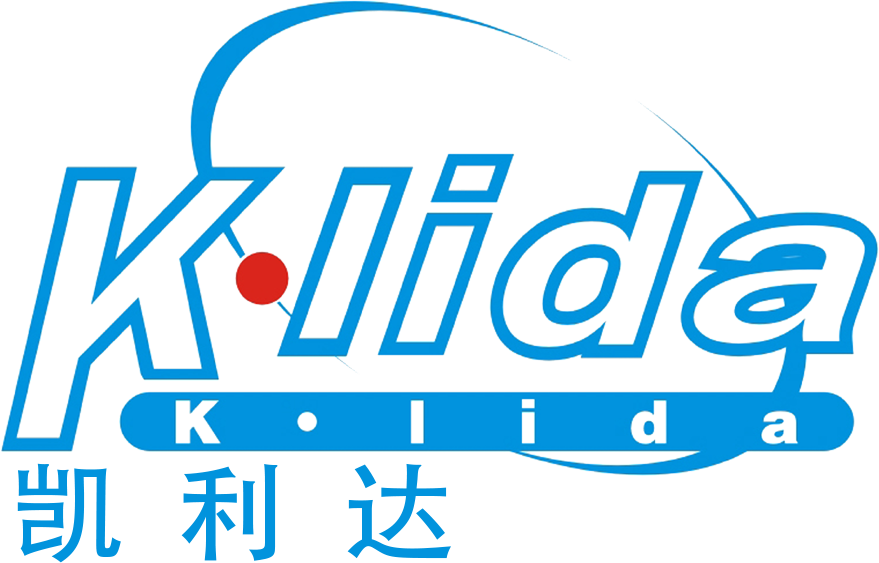The role of phase memory in stepper motor drivers
Release time:
2024-09-03
When the stepper motor driver loses power at a certain phase, if it is different from this phase during the next power on, the stepper motor will experience "shaking".
When the stepper motor driver loses power at a certain phase, if it is different from this phase during the next power on, the stepper motor will experience "shaking". To eliminate this shaking phenomenon, the phase at the time of power failure is memorized.
The timing sequence for the operation of the stepper motor is 8 times. Assuming it stops at step 4 and loses power, after re powering on, if it starts driving step 1 directly at position 4, a jump will occur. If the system can still remember that it is currently in step 4, then it can correctly issue commands to proceed to step 5 or step 3.
At present, a large number of stepper motor drivers do not have power-off phase memory function, especially those using common dedicated ICs. After the dedicated IC is powered on, the reset signal of the reset pin will reset the motor phase to the initial value, and the shaking during power on should be unavoidable. Even servo motors need to be judged and corrected, which can be seen as shaking. Or strictly speaking, there is no motor that does not shake when powered on. The key is how much impact this jitter has on your application. Record the shutdown coordinates, reset the system to check the origin after power on, and then run until the coordinates before power off are restored.





